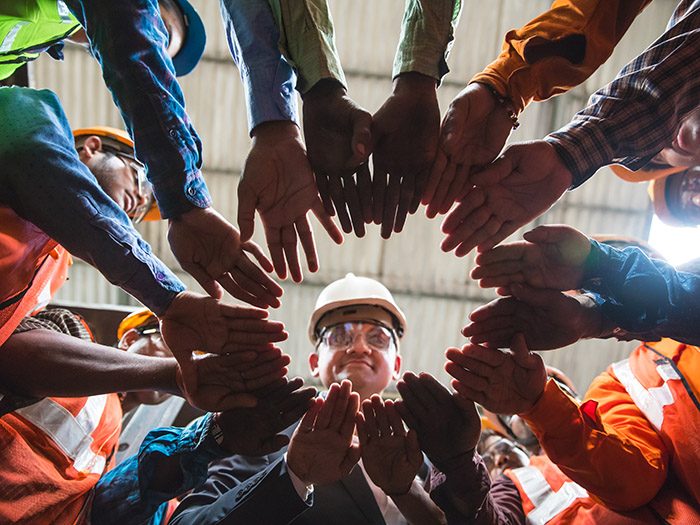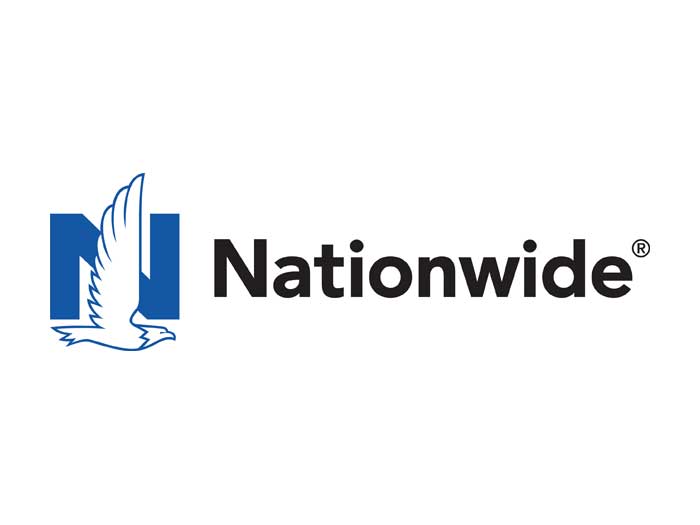5 Building Blocks to a Fully Integrated Safety Culture

As much as companies promote the need for safety in the workplace, the reality is when production is at risk, safety often takes a back seat. There were a total of 5,190 fatal work injuries recorded in the United States in 2016, a 7-percent increase over the previous year according to the Bureau of Labor Statistics.
Injuries and illnesses increase costs and absenteeism and decrease productivity, morale, and profits. Businesses operate more efficiently when they establish a culture of safety. In fact, the Occupational Safety and Health Administration (OSHA) estimates workplaces that establish safety and health management systems can reduce their injury and illness costs by 20 to 40 percent.
How can you integrate safety into the culture of your organization so it’s core to every action? It takes discipline, and there are at least five key practices that successful companies follow.
1) Define what success looks like.
Use a dozen words or less to define a simple, powerful end-state that sets the tone for the organization and energizes the team to achieve this vision. For example, “Our vision: to become the industry benchmark for safety with zero fatal accidents.” Then, establish specific, measurable, actionable, relevant and time bound (SMART) goals that keep the organization focused on safety targets. These goals should be evaluated and may change every 90-120 days to foster continuous improvement.
2) Clarify processes, expectations and accountabilities.
Companies must define and concisely document standard operating procedures (SOP) for key processes and set realistic performance expectations. They also must assign responsibility and hold managers and employees accountable. Communication between front line supervisors and employees is paramount. A few critical safety SOPs include:
- A scorecard or metric tool that focuses the team on desired actions
- A routine audit process
- Continuous training, performance testing, certification, and mentoring
- Management actions designed to win employee support, reinforce desired behaviors and build a culture of safety
3) Appoint an effective workplace safety leader.
Having the right person in the job makes a tremendous difference in the organization’s safety culture. Some people are simply ill-suited to the position. Good safety leaders aren’t shy about raising concerns, they know safety is about human nature and they’re good communicators, influencers and coaches. But having confidence in the person is not enough. Hands-on manager and employee training, as well as mentoring and then follow up with performance testing is critical. 
4) Ensure leaders model behavior.
It’s vital that leaders are visibly engaged and vocal about safety issues. They must be willing to serve as mentors and role models to align employee behavior with safety goals. Through ongoing statements and actions, leaders should clearly communicate the company SOPs for integrating safety with production and quality, and emphasize that safety is not as an add-on but a top priority.
As part of this engagement, managers must be attuned to the behaviors that often lead to accidents and not hesitate to intervene. Those involved in accidents or near-misses often cite the following risk factors prior to the event: rushing, fatigue, frustration, inadequate training, complacency, and leadership not engaged in encouraging safe behavior.
5) Engage and reward employees.
There are many ways to engage employees in the safety effort. For example, an employee representative could serve on the safety committee, participate in safety audits and inspections, as well as participate in the investigations of accidents or near-misses. Companies should also encourage all employees to identify workplace hazards, and submit safety suggestions.
Incentives can also be very effective in engaging employees. But they must be carefully crafted. An incentive to reach a lower OSHA incident rate might unexpectedly prompt employees to hide incidents or near-misses when the company wants just the opposite: to learn about near-misses and find better ways to do the job.
To work, incentives should offer tangible benefits—and perhaps spur a little healthy competition among employees. For example, a company might award employees vouchers or points for meeting safety goals, which they can trade in for merchandise. Companies can reinforce the importance of these accomplishments by recognizing employees publicly, identifying specific accomplishments, and perhaps even throwing a party. Don’t underestimate the value of a good meal. These events are also great ways to build pride and share the vision for the next six months or year.
Integrating safety into the culture of an organization is not a one-off exercise. It is an ongoing effort. Executives need to put the right structures in place—and vocally promote them—to make sure the company is continually thinking about safety and rewarding managers and employees for maintaining a safe work environment. Following these five practices will go a long way toward helping companies improve production, safety and morale over the long term. &










